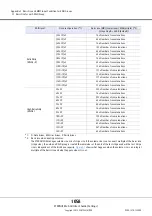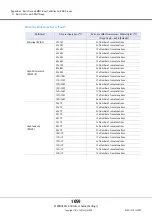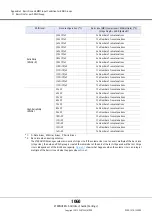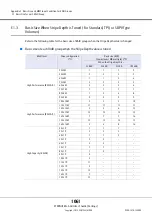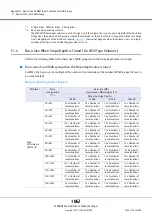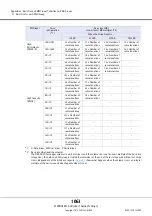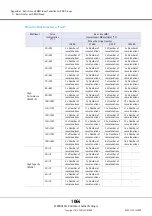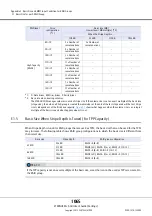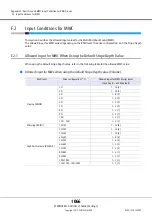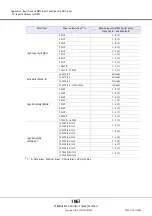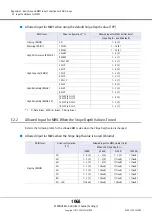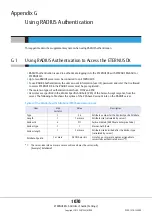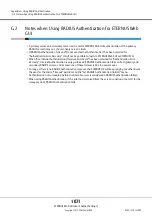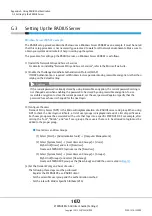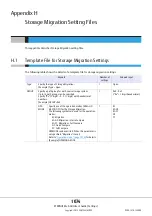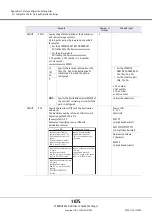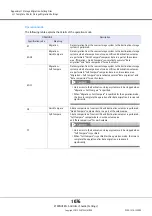
Appendix G Using RADIUS Authentication
G.3 Setting Up the RADIUS Server
ETERNUS Web GUI User’s Guide (Settings)
Copyright 2015 FUJITSU LIMITED
P2X0-1270-13ENZ0
1072
G.3
Setting Up the RADIUS Server
Windows Server 2008 R2 example
The RADIUS setup procedure described below uses a Windows Server 2008 R2 as an example. It must be noted
that this setup procedure is not necessarily guaranteed to work for all network environments. Make sure to
obtain your system administrator's help in setting up the system.
The procedure for setting up the RADIUS service on Windows Server 2008 R2 is as follows.
(1) Install the Network Policy and Access Services
For details on installing "Network Policy and Access Services", refer to the Microsoft web-site.
(2) Enable the Challenge Handshake Authentication Protocol (CHAP)
If CHAP Authentication is required, set Windows to store passwords using reversible encryption, rather than
relying on the default setting.
(3) Configure the users
Network Policy Server (NPS) is the Microsoft implementation of a RADIUS server and proxy. When using
NPS to check the User login certificate, a list of user groups is displayed instead of a list of specific users.
Each user group must be associated with a role that logs into a specific ETERNUS DX. For example, after
setting the "root", "Admin", and "user" user groups, those users that are to be allowed to login must be
added to the proper group.
●
Create Users and User Groups
(1) Select [Start]
[Administrative Tools]
[Computer Management].
(2) Select [System Tools]
[Local Users and Groups]
[Users].
Right-click [Users] and select [New User].
Create an ETERNUS DX login user as the [New User].
(3) Select [System Tools]
[Local Users and Groups]
[Groups].
Right-click [Groups] and select [New Group].
Create an ETERNUS DX group as the [New Group] and add the user created in
.
(4) Set the Network Policy and Access Services
The following three steps must be performed:
-
Register the ETERNUS DX as a RADIUS client
-
Set the accessible user group and the authentication method
-
Set the role with Vendor Specific Attribute (VSA)
If the current password is already stored by using irreversible encryption, the current password setting is
not changed even when enabling the password to be stored by using reversible encryption. To use
reversible encryption to store the current password, set the user password again or specify that the
password for each user is changed for the next login.
Summary of Contents for Eternus DX200F
Page 2: ...This page is intentionally left blank ...
Page 1082: ......

